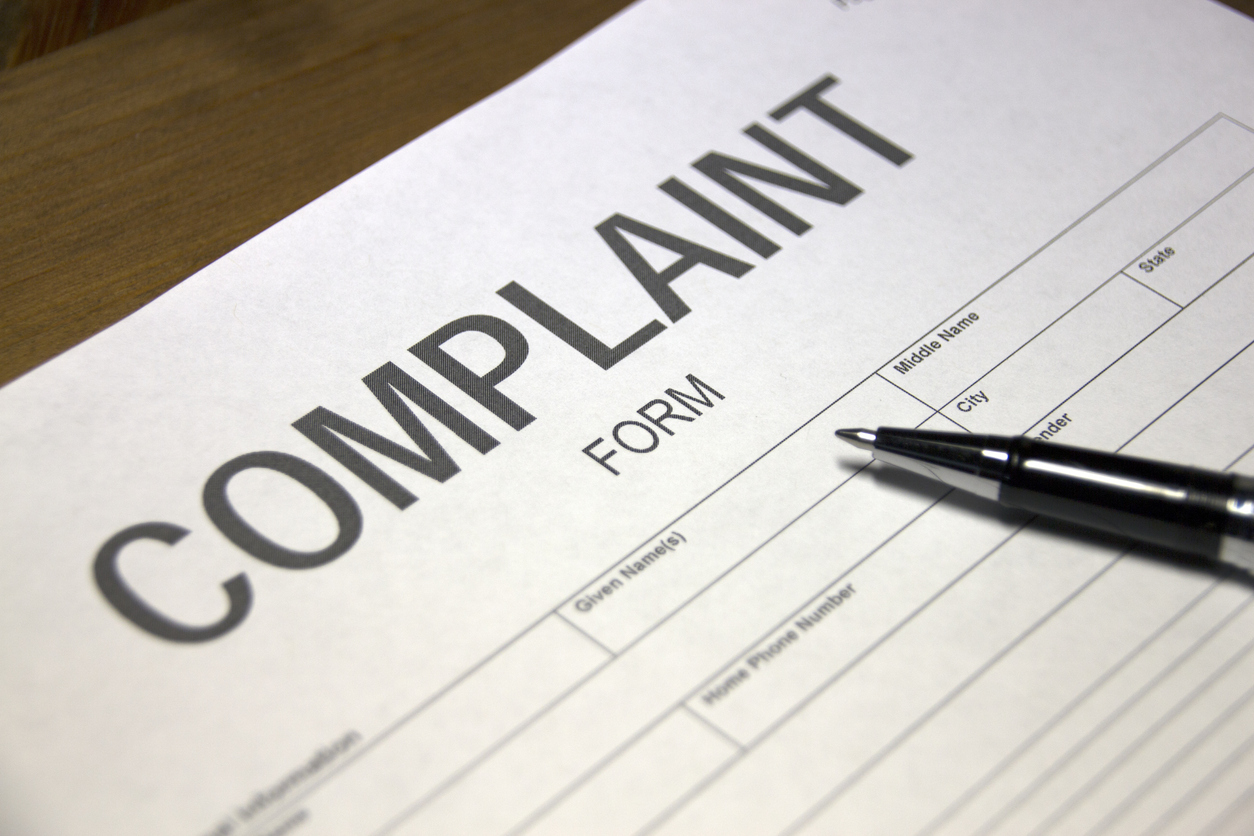
Written by staff writer.
Australia’s Department of Infrastructure, Transport, Regional Development, Communications and the Arts (DITRDCA) will join forces with four other countries to establish the Global Coalition on Telecommunications (GCOT) to better secure telecommunications networks against a range of threats, including cyber threats.
The informal multilateral alliance aims to strengthen coordination on security, resilience, and innovation within the telco industry. Also signing on are the United Kingdom’s Department for Science, Innovation and Technology, the United States’ National Telecommunications and Information Administration, Japan’s Ministry of Internal Affairs and Communications, and Canada’s Department of Innovation, Science and Economic Development.
“The forum will be a useful mechanism to align approaches with like-minded partners and share lessons learned in domestic policy, regulatory development and implementation,” a DITRDCA statement on the signing reads. “This working-level forum will enable member countries to share information, insights and expertise on policy associated with essential technology and communications.”
Representatives of the five signatory countries will meet twice yearly and canvas a range of topics, including telecommunications security, to ensure complementary national approaches.
A joint statement says telecommunications networks are critical to the global economy and recognises the need to strengthen security in the face of potential risks.
“Telecommunications networks are the lifeline of global economies, and safeguarding their resilience and security in an evolving, interconnected world is a top priority for our governments,” said the UK’s Secretary of State for Science, Innovation and Technology Michelle Donelan. “By joining forces, the UK and our partners are bolstering security to address emerging challenges.”
Telecommunication providers face threats on two fronts – from attackers who want customer data, as evidenced by the 2022 attack on Optus, and from attackers who want to disrupt the network and communications. While hacking the core infrastructure of a telecommunications company remains the domain of well-resourced and skilled attackers, successful DDoS attacks can result in reduced network capacity, poor performance, increased traffic exchange costs, and interrupted service availability.
US-based telco the Zayo Group recently released its global 2022 DDoS report, saying there was a 314% increase in overall attacks in 2022 compared to 2021. The report also said telecommunication companies were emerging as primary focuses for attackers. In the first six months of 2023, telcos made up around half the total attack volume, and the largest aggregate attack reported, 978Gbps, was in the telecom sector.
“The growth of subscribers and 5G wireless to the home, for both mobile and Internet of Things devices, has grown at an incredible pace from 12.6 million in 2019 to a projected 1.6 billion by the end of 2023,” reads a recent NetScout threat intelligence report. “This growth brings with it a vibrant playground for adversaries to conscript 5G-connected devices into attacks. It also presents an opportunity for attacks to target more types of devices and network access points than ever before.”
The DITRDCA statement says GCOT recognises the need for all member nations to ensure the security, resilience and innovation of their own and global telecommunications networks, including securing current and future telecommunications technologies.





